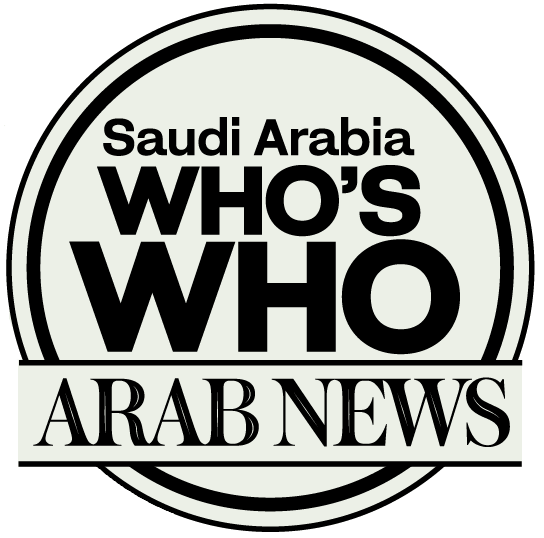Edward Byrne was appointed as the new president of King Abdullah University of Science and Technology on Wednesday, with the appointment effective from Sept. 1.
ByrneŌĆÖs appointment marks a significant milestone for the university as it continues its transformative journey through the implementation of its Accelerating Impact Strategy.
Byrne succeeds Tony Chan who joined KAUST as president in 2018. Chan significantly enhanced KAUSTŌĆÖs alignment with Vision 2030, expanding its global research and academic influence.
Byrne said: ŌĆ£It is an honor to join an academic community at the forefront of translating research into economically productive innovations for the benefit of society across the Kingdom and the world.
ŌĆ£Drawing on my extensive career leading top-ranked global universities and visionary approaches to scientific discovery, I welcome the opportunity to lead an institution that is paving the way for future progress and is committed to making the discoveries that will power tomorrow.ŌĆØ
Byrne has been serving as the global chief medical officer of Ramsay Health Care Group since 2021, where he extended his leadership beyond academia into global healthcare governance and strategic advisory roles.
He is also vice chancellorŌĆÖs distinguished fellow at The Australian National University and chairs various boards and think tanks.
He was the president and principal of KingŌĆÖs College London from 2014 to 2021, chairing KingŌĆÖs Health Partners and spearheading the universityŌĆÖs Vision 2029.
His efforts made significant contributions to society and positioned KCL at the forefront of the national agenda.
Byrne was the president and vice chancellor of Monash University in Melbourne from 2009 to 2014, where he demonstrated his capacity for innovation and impact by establishing a new campus in Suzhou, China, and fostering a major alliance with the University of Warwick.
He had previously left Australia for London in 2007 and held the positions of executive dean of the Faculty of Biomedical Sciences, head of the Medical School, and vice provost at University College London until 2009.
































